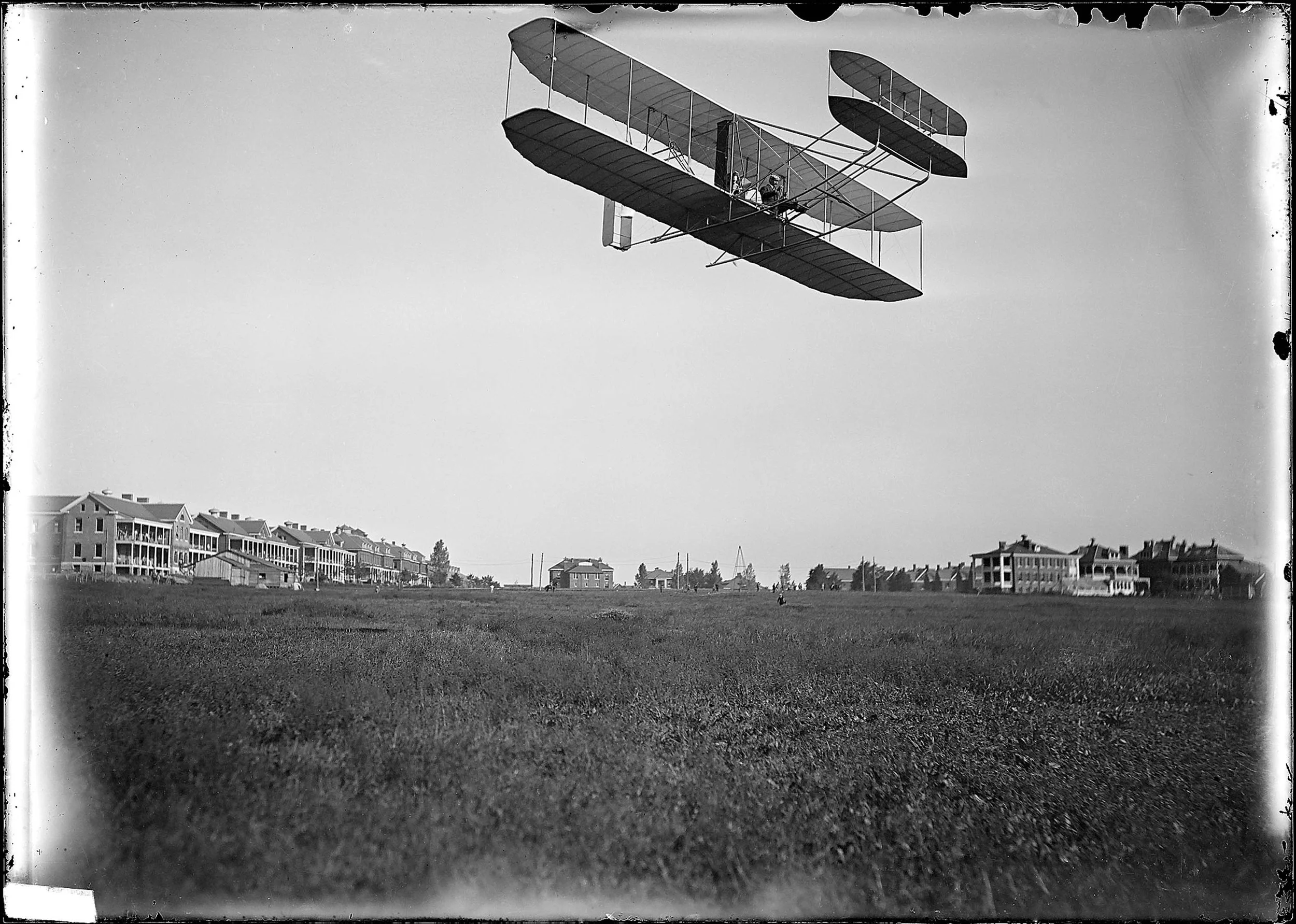Life Story Links: April 30, 2019
“No legacy is so rich as honesty.”
—William Shakespeare
Ruth Reichl as a young girl with her mother in the photograph that graced the cover of her 2009 memoir, Not Becoming My Mother: And Other Things She Taught Me Along the Way; Reichl has a new memoir, Save Me the Plums, out this month.
The Ever-Present Past
FACEBOOK’S DIGITAL MEMORIALS
Facebook is no longer just a social network; it’s also a scrapbook. “When users die, they may leave behind accounts containing over a decade of memories, and they might not have specified how they want that archive to be maintained,” Wired reports on the platform’s latest rollout of features for legacy contacts.
A WITCHY LEGACY
“I would never truly know my father or my Polish family, but I could know our homeland, its history.” How Michelle Tea found a spiritual home in her Polish heritage.
ON GRIEF, MEMORY, AND TIME
“When your beloved dies, your memory is at risk. Your past no longer fits your story of who you are,” Matthew Salesses writes. “To remember is not to time-travel; it is to alter how time feels.”
A STORYKEEPING MILESTONE
“Clinton Haby, founder of San Antonio–based StoryKeeping, celebrated a decade in business with a party filled with appreciative clients and likeminded family storytellers. “When you say ‘it’s been ten years’ I don’t believe it, but when I look at the [video] equipment I’m using and the productions I’m working on today I recognize it took a decade to get here,” Haby says. Congratulations, and cheers to the next 10 years!
Memoirs of Note
SAVE ME THE PLUMS
I was as eager to read the new memoir of everyone’s favorite foodie, Ruth Reichl, as much for the inside dish on Condé Nast (where I worked in the late nineties at the same time as Reichl) as for again encountering the author’s poignant and deliciously charming voice. (I brought Save Me the Plums along on vacation and devoured it on one trans-Atlantic flight.)
HER VERSION OF EVENTS
How do you write a memoir when you can’t remember? This conversation between ghostwriter Anna Wharton and Wendy Mitchell, subject of their jointly written memoir Somebody I Used to Know, ranges from using WhatsApp to communicate about the book to waiting for the fog of dementia to clear so their process could proceed.
AUTOBIOGRAPHY OF AN ENSLAVED MUSLIM
Omar Ibn Said was 37 years old when he was taken from his West African home and transported to Charleston, South Carolina, as a slave in the 1800s. His one-of-a-kind autobiographical manuscript has been translated from its original Arabic and housed at the Library of Congress, where it is challenging the American narrative:
Writing from Our Lives
PHOTOS AS WRITING PROMPTS
Family photos can be useful tools to jog memories and call forth stories. In a recent post I share six tips for determining which images will elicit the best family stories.
LOVED IN THE TRANSLATION
In just 15 lines Marie A. Mennuto-Rovello shows us how love and memories and setting can come alive through poetry (not all life story writing need be narrative!).
A LIFE MOSAIC
How the best life story vignettes are powerful ways to capture your past, and why writing short narrative pieces from your memories is an effective way to begin your memoir.
PROJECT PACE
When Massachusetts–based Nancy West isn't writing memoirs she is a journalist for a daily paper: “Tight deadlines and fast turnarounds are in my professional DNA,” she says. But sometimes her personal history clients need more time—so she is “learning to be patient with the process.”
BEHIND-THE-SCENES PEEK
Lisa O’Reilly says that finishing a book about her dad was her greatest accomplishment. “My whole life, he’s been the king of my world and now I can let everyone know why,” the California–based personal historian writes.“That makes it a precious gift to myself, as well as to him.”
Artifacts Made Accessible
FROM A VINTAGE VARSITY JACKET TO AN 1876 DIARY
Unless you live in Plano, Texas, knowing that the Genealogy Center at Haggard Library houses, behind lock and key, thousands of newspaper clippings, pieces of ephemera, and amazing historical and personal artifacts likely wouldn’t interest you. But I, an East Coast girl, was fascinated by the breadth of their collection, and find inspiration in the fact that this local team has, over the last 18 years, digitally preserved more than 30 thousand archives for the public to access!
DIGITAL AGE DIARY
“Being present in the moment doesn't mean I can't ever capture the moment,” Daryl Austin writes in this defense of using Instagram for “photo-journaling” his family’s daily lives. “Captions turn pictures into stories” and, he says, help you remember why a memory was worth safeguarding in the first place.
From Left Field, Perhaps?
A DOCTOR’S EDUCATION
I have written before about narrative medicine, and in this brief piece I was newly reminded of the power of personal story—of listening, of being attuned to someone—in a caregiving setting.
MAKING CONNECTIONS
When Maria Popova discovers books that her great-grandfather had annotated, “it was this sort of intellectual dance with another mind that you could see in the margins of his books,” she tells Krista Tippett on the On Being podcast. Popova’s Brain Pickings website is a treasure trove of interconnected themes and literary gems; she calls it “a record of my becoming who I am.”
...and a Few More Links
Rachel Howard names five great writer biographies.
Connecticut author publishes personal story of the Holocaust and its aftermath.
Is your smartphone already organizing your unwieldy digital photo collection?
An “intensely charming, a tinge eerie, and deliciously nostalgic” repurposing of old family photos
Prince’s memoir, due in August, will include handwritten song lyrics and portions of his own scrapbook.
Spotlight on Naperville, IL, digital preservation business Memory Keepers
Four hassle-free ways to get your Google Photos memories in order
“Surfing My DNA,” a live one-woman show in New Jersey, explores a unique family history.
Short Takes










